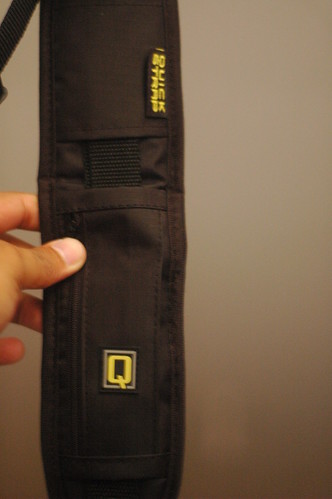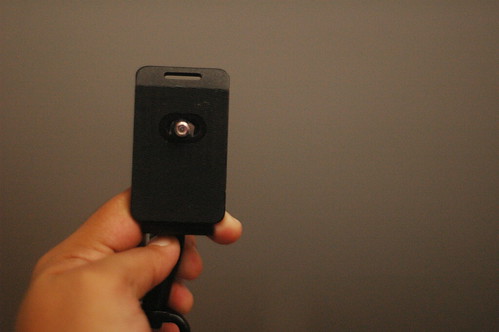Some might say Taking low light photos are a PITA to do. But for off camera flash users, also called as "strobists", this is one of the most favorable times to take pictures. This is because you have total control over lighting the area. But for other types of photography, low light is really a problem.
The problem arises when you try to let as much light into your sensor, either by using a slow shutter speed,using a wide open aperture, or using a high ISO. A slow shutter speed might get you more light, but your shot will be blurry because of camera shake (aka your hand moving as you take your shot) and motion blur (aka your subject moving before you can end your shot). Using a wide aperture is nice, but if your using aperture priority, your camera might still choose a slow shutter speed and get the same blurry images. Using a High ISO, you'll get grainy pictures. Using a combination of all is maybe your best shot but it doesn't always go your way.
Here are some things I do to get better shots:
1. Use a Tripod/Monopod - this will help you get rid of camera shake; best for landscapes
2. Use flash - may it be off camera or your on board flash, flash will stop your subjects' motion, as well as allowing you to use a faster shutter speed; Best for event photography
3. Use a higher ISO - I know I said this will make your photos grainy, but just using the right ISO will give you a little more shutter speed, while minimizing the grain.
4. Shoot with a fast lens - this means a lens with at least an aperture of f2.8 and lower. This means you get that extra f-stop to get a faster shutter speed
The shot above was from last night. I was on the top floor of our condo and taught I can do some nice photos. I forgot to bring my tripod, so this was done hand held. Its a pretty sharp photo, as I used the tips above (except for the tripod, duh). It was also sharp because I used a trick for shooting without a tripod. Here's the shot of the place with all ambient light, @ f/2 shutter 1/6 ISO 400
Not really a good shutter speed, camera shake was obvious and the light really sucked. Clicking the shutter as the exposure starts add more to shake. I don't have the steadiest hads so that's not helping. So here is what I did:
1. Turn your timer on. I used 10 secs for the shot above, but for people shots use the shortest time you have
2. Make sure you are in a stable position. I was sitting for the shot above, but you can lean on a wall, or use anything to stabilize yourself. I also made sure I tucked my elbows in.
3. Pre focus on your subject and then recompose your shot. Then change your camera/lens focus to Manual Focus.
4. Take the shot and stabilize yourself while the timer countsdown. If your subject is a person, count verbally as your timer counts down. Make sure you do not move while the exposure is being taken.
This, of course, would really not be the best for people shots but if you have nothing to go for, you still have a way to take decent photos. And, for those who do not have fast lenses (I used a f1.8 lens for the shots here), I actually used f4.0 - f6.3 for the shot above and the ones below. You really do not need really expensive lenses, as long as you know how to use your gear correctly. Here are more shots from last night.
Hope this helps you on taking better low light photos. Keep Shooting!










